The Arctic has always been a region of intrigue and peril—a place where the human spirit is tested against the harshest elements nature has to offer. Over the centuries, numerous expeditions have set out to conquer this unforgiving landscape, but not all returned to tell their tales. Here are ten devastating Arctic expeditions where explorers tragically succumbed to the icy embrace of the North.
1. The Doomed Quest of the Franklin Expedition

In 1845, Sir John Franklin led an ambitious expedition to chart the Northwest Passage, but it ended in one of the most tragic mysteries in Arctic exploration. Two ships, HMS Erebus and HMS Terror, ventured into the ice, but they would never return. The crew of 129 men faced a brutal fate as their ships became trapped. According to a BBC report, evidence suggests they ultimately succumbed to starvation, disease, and exposure to the relentless cold. Over the years, scattered remains and artifacts have been found, piecing together the chilling end of their journey.
Many theories have attempted to unravel the mystery of their demise, including lead poisoning from tinned food and the harsh environment’s psychological toll. Despite numerous search efforts, it took over a century to locate the wrecks of the Erebus and Terror, found in 2014 and 2016 respectively. Their discovery provided closure but also served as a haunting reminder of the Arctic’s deadly grip. The story of the Franklin Expedition continues to captivate, illustrating the extreme challenges faced by polar explorers.
2. The Tragic Sled Journey of Adolphus Greely
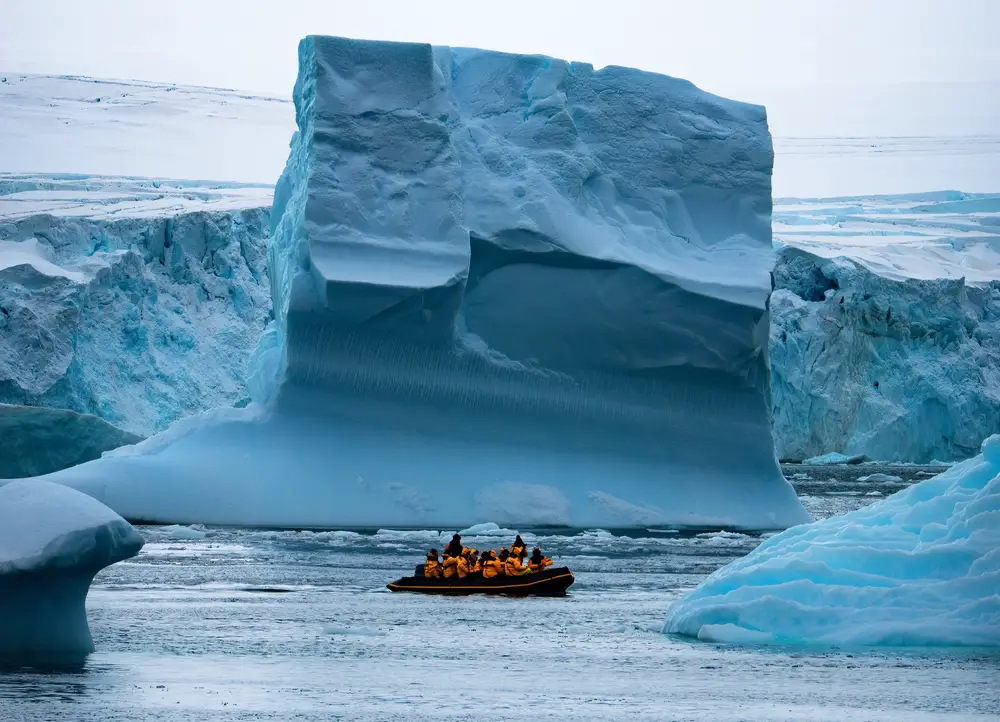
In 1881, Adolphus Greely led a U.S. Army expedition to establish a meteorological station in the high Arctic, as part of the First International Polar Year. Initially, the mission went as planned, but when relief ships failed to reach them, survival became precarious. Greely and his men were forced to embark on a desperate 250-mile trek southward. As weeks turned into months, their situation deteriorated with dwindling supplies and harsh conditions. According to the National Park Service, only 7 out of the original 25 members were eventually rescued in 1884.
The survivors endured unimaginable hardships, including frostbite, scurvy, and even resorting to cannibalism in their fight to stay alive. The tale of Greely’s expedition is a stark reminder of the thin line between triumph and tragedy in the Arctic. While the mission contributed valuable scientific data, the heavy loss of life underscores the region’s relentless challenge to human endurance. Greely’s story is a testament to the enduring spirit of exploration and the often perilous cost at which knowledge is gained.
3. Andrée’s Balloon Disaster
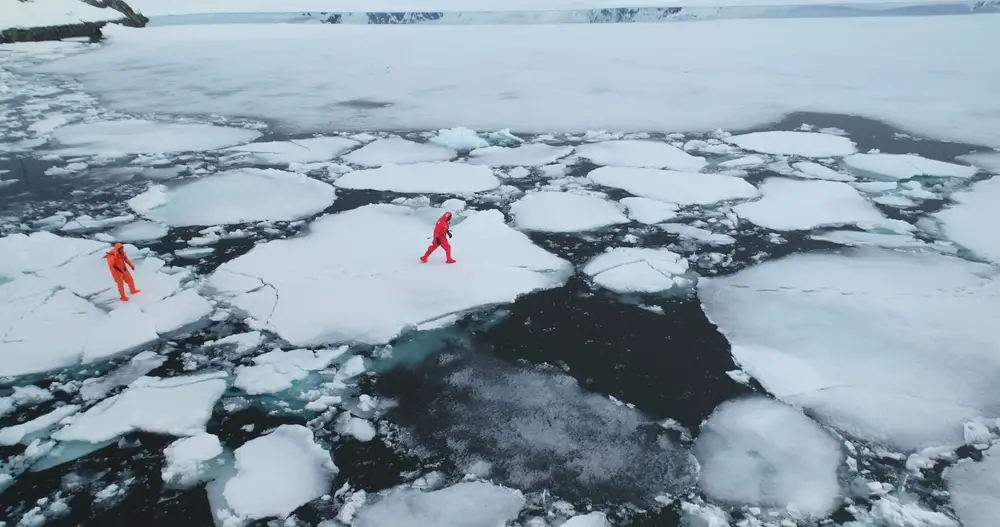
Salomon August Andrée had a bold vision: to reach the North Pole by hot air balloon. In 1897, he, along with two companions, set off from Svalbard in the hydrogen balloon “Örnen” or “Eagle.” Despite the excitement surrounding their departure, they were woefully unprepared for the voyage’s demands. According to a Smithsonian Magazine article, the expedition quickly faced disaster just two days in. Strong winds pushed them off course, and the balloon crashed onto the ice.
The team attempted to walk back to civilization across the ice, but they were ill-equipped for the journey. Their bodies and diaries weren’t discovered until 1930, revealing the chilling details of their struggle against the elements. The Andrée expedition highlights the peril of underestimating the Arctic’s severity and the importance of proper preparation. Despite its tragic end, the audacious attempt remains a captivating story of ambition and the human spirit’s limits.
4. The Fatal Voyage of the Jeannette
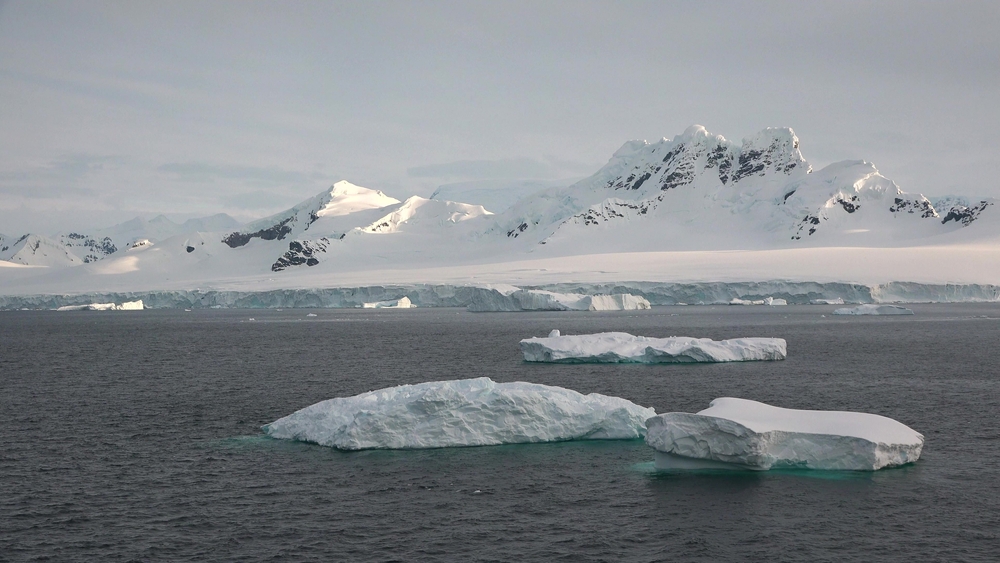
In 1879, the USS Jeannette set sail under the command of George Washington De Long, in search of a passage through the Arctic and possibly the North Pole itself. The ship’s journey was doomed from the start as it became trapped in ice off the coast of Siberia. For nearly two years, the crew endured the ship’s slow destruction as the ice relentlessly crushed its hull. When the Jeannette finally sank, De Long and his men were left with no choice but to trek over a thousand miles back to Siberian settlements.
The crew faced starvation, freezing temperatures, and treacherous ice fields. Despite their valiant efforts, only a few of the original crew survived the ordeal. De Long himself perished, along with many others, before rescue could reach them. The harrowing tale of the Jeannette is a stark reminder of the unforgiving nature of polar exploration and the courage required to face it.
5. The Tragedy of the Karluk Expedition
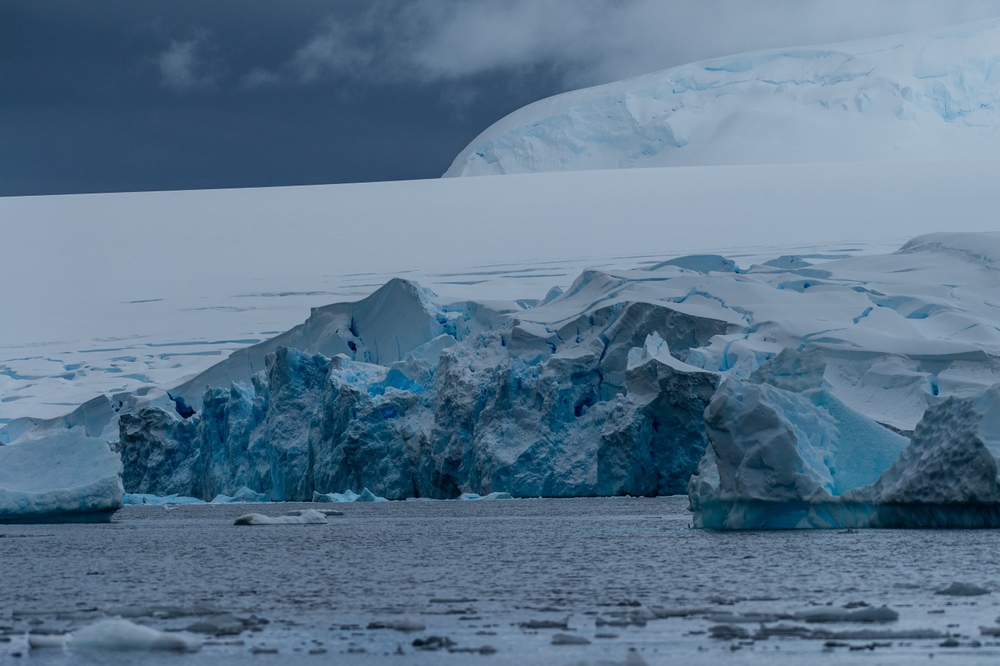
The Karluk expedition of 1913, led by Canadian explorer Vilhjalmur Stefansson, quickly descended into chaos when the ship became trapped in ice and eventually sank. With the vessel gone, the crew of scientists and sailors was stranded on the ice, over 80 miles from land. A journey that was meant to further our understanding of the Arctic instead turned into a desperate fight for survival. The group split up, with some attempting to reach land, while others remained on the ice.
The conditions were brutal, with temperatures plummeting and food supplies running low. Several perished during the journey, succumbing to cold, starvation, and exhaustion. Stefansson himself abandoned the main group to seek help, eventually leading to a rescue mission, but not before 11 of the original 25 expedition members had died. The saga of the Karluk stands as a cautionary tale of leadership, survival, and the unpredictable nature of the Arctic environment.
6. The Ill-Fated Italia Airship
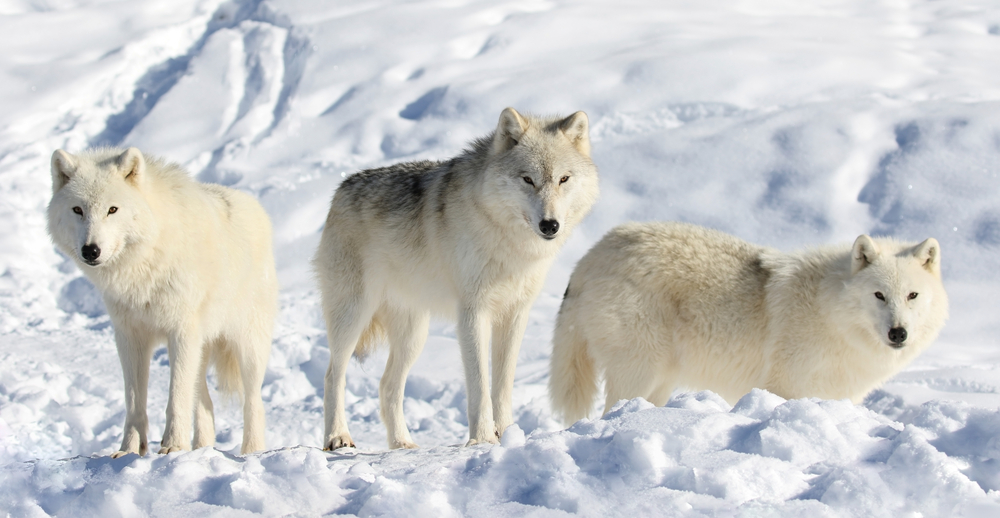
In 1928, Umberto Nobile piloted the airship Italia on a mission to explore the North Pole. The journey was intended to be a crowning achievement for Nobile, who had previously flown over the pole with the Norge airship. However, tragedy struck when the Italia encountered severe weather, causing it to crash onto the ice. Nobile and his crew were stranded in the Arctic wilderness, battling the elements and dwindling supplies.
Rescue operations were launched, but communication difficulties and harsh conditions hampered efforts. Although some crew members were eventually saved, the mission claimed the lives of several others, including those who perished in subsequent rescue attempts. The crash of the Italia highlighted the perils of aviation in polar regions and the unpredictability of the Arctic weather. Nobile’s ordeal serves as a somber lesson in the risks associated with pushing the boundaries of exploration.
7. The Catastrophic German Arctic Expedition
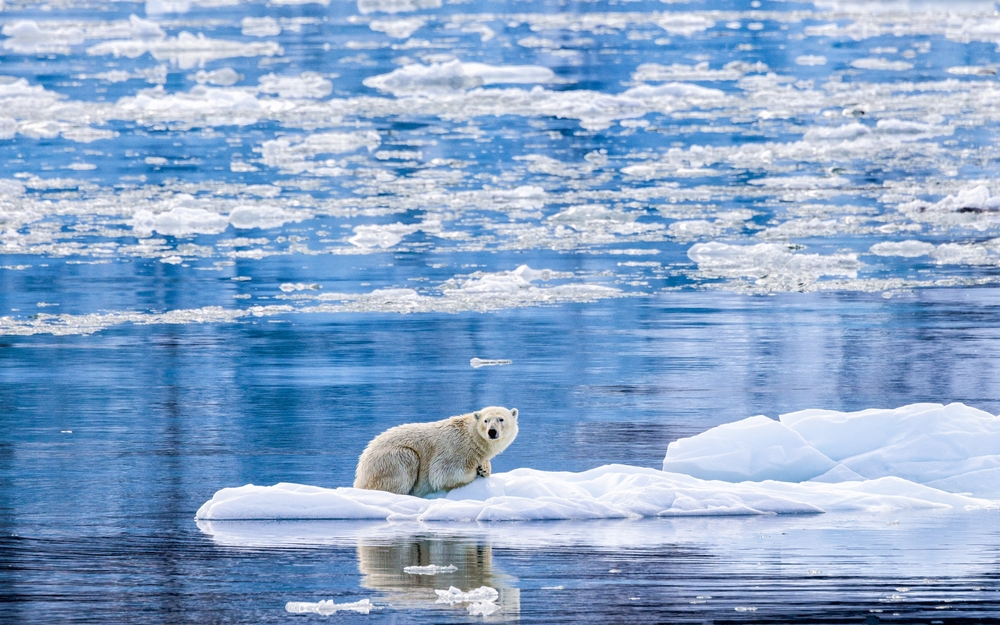
In 1869, the German Arctic Expedition set out to explore the northeast coast of Greenland. Led by Carl Koldewey, the team faced daunting challenges from the outset due to inadequate resources and harsh conditions. Their ship, the Germania, became trapped in the ice, leaving the crew to endure harsh winters with limited supplies. The group braved isolation, extreme cold, and scurvy, which took a toll on their health and morale.
Despite these adversities, Koldewey was determined to continue the scientific work, undertaking several perilous sled journeys across the ice. The hardships claimed the lives of some members, though the majority managed to survive until rescue. The expedition did accomplish some scientific goals, but at a significant human cost. Koldewey’s venture underscores the relentless challenges faced by early polar explorers and the thin line between success and disaster.
8. The Harrowing Tale of the Knight Expedition

The Knight Expedition of 1719, led by James Knight, sought to discover the fabled Northwest Passage and untold riches. However, the mission never saw success, as Knight’s two ships disappeared without a trace after entering Hudson Bay. For nearly two centuries, their fate was unknown, shrouded in mystery and speculation. It was only in the late 20th century that evidence from Inuit oral histories and archaeology provided clues to their grim end.
The crew likely faced the Arctic’s ruthless elements, with starvation, exposure, and disease likely contributing to their demise. The Knight Expedition serves as an early example of the perilous nature of Arctic exploration and the high stakes involved. Even with the promise of wealth and discovery, the Arctic’s harsh reality proved to be a formidable adversary. Knight’s story remains a sobering lesson in the enduring allure and danger of the polar frontier.
9. The Fatal Outcome of the Fiala-Ziegler Polar Expedition
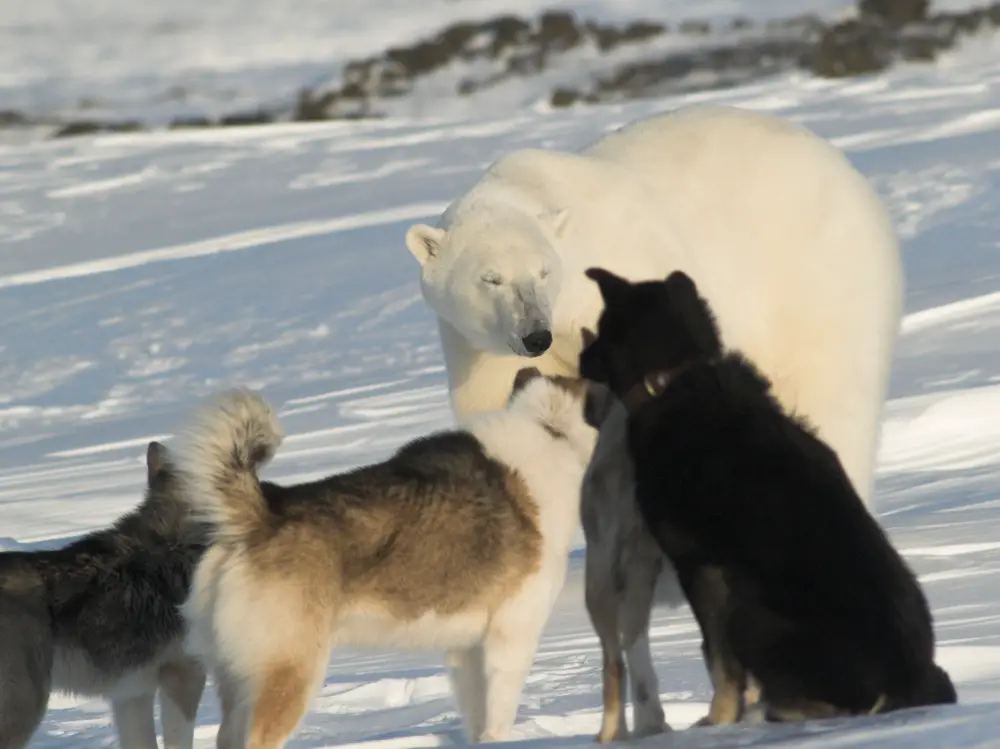
In 1903, the Fiala-Ziegler expedition, financed by wealthy industrialist William Ziegler and led by Anthony Fiala, aimed to reach the North Pole. They faced immediate challenges as their ship, the America, was caught in ice and eventually sank. The crew was left stranded on the ice, enduring harsh winters with limited shelter and supplies. Fiala’s leadership was put to the test, as he had to maintain morale and manage resource allocation among his men.
Despite the dire circumstances, the group attempted to construct a makeshift camp and carry out some scientific observations. Rescue took almost two years to reach them, during which time the expedition faced extreme hardships, including the loss of several members to the cold and malnutrition. The ordeal of the Fiala-Ziegler expedition highlights the unpredictable nature of Arctic exploration and the vital importance of preparation and resilience. Their experience serves as a testament to the human spirit’s capacity to endure in the face of adversity.
10. The Misfortunate Schei Expedition

The Schei Expedition of 1906, led by the Norwegian explorer Gunnar Isachsen, set out to explore the Svalbard archipelago. Despite having some experience in the region, the team faced severe challenges, including unpredictable weather and ice conditions. Their ship became trapped, and with limited escape options, the crew had to winter in austere conditions. Supplies quickly dwindled, leading to rationing and a constant struggle against the freezing temperatures.
Illness and frostbite plagued the crew, testing their physical and mental endurance. The expedition’s scientific work was significantly hampered, with survival becoming the primary focus. Although most of the team survived until rescue, the experience left a lasting mark on those involved, highlighting the unpredictable nature of the Arctic landscape. The Schei Expedition serves as a powerful reminder of the Arctic’s indifference to human ambition and the ever-present potential for disaster in polar exploration.
